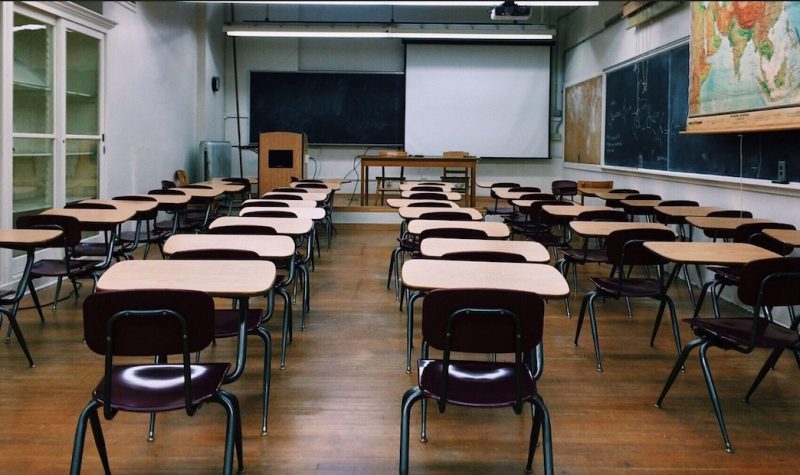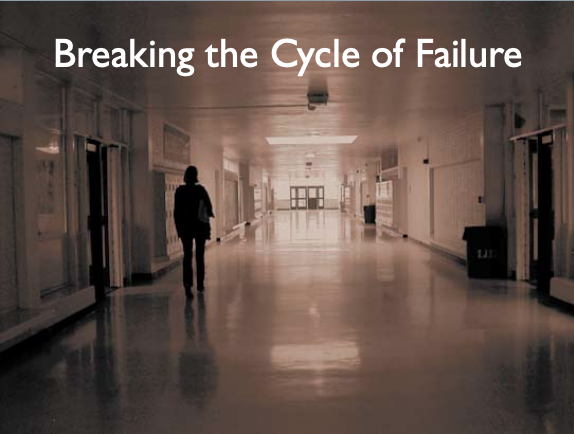By Manda Aufochs Gillespie
What can going back to school in a pandemic teach us about the future of education? Five Educators from the live listening area of Cortes Radio chime in to discuss what their districts are doing to get kids safely back to school and how the future of education in our area may change forever from what we learn in this time.
Kids across Canada are going back to school amidst a continuing global pandemic. Indeed, Dr. Bonnie Henry, who has been widely lauded for guiding BC so well through the pandemic, has said that it’s “important for the wellness of our community to get people to go back to work and to have children return back at school.”
Online Survey
She also refers to a survey the province did which points to the importance of providing in class instruction to BC families. She says “we do know there have been downside impacts of children being at home. Even in families that have access to internet and computers, it has been very, very challenging. We’ve heard that from parents across the board. Eighty per cent of parents, 300,000 people who answered our survey, 80 per cent of them said they had challenges and their children were suffering not being in the classroom setting. So, that was our focus, and we have layers of protection to do that.”
Back to school, however, in a pandemic certainly looks different. While all schools have had to come up with plans to limit children into large-family style groupings, and dramatically limit contact between groups, not everyone will feel safe sending their children back to in-class learning all the time. Families with vulnerable members at home or with grandparents in their lives may not feel safe sending their kids for in-class instruction at all. Children who have any signs of illness have to stay home, for up to 10 days, and thus absenteeism is likely to go up for all kids. So how will children and teachers get continuity in learning and create meaningful connections with children and between children?
Issues of distance, isolation, lack of options and resources, aren’t knew to islanders seeking an education. Perhaps what we learn from trying to figure out how to provide education during this time will help inspire a change in education that will benefit all students, especially those most in need. Including those with learning differences, racialized minorities and Aboriginal students, and those living in rural and isolated communities.
Are we failing these students?
Many in Canada say we are still failing these students. The Chiefs Assembly on Education say that “Secondary school data (2004-2009) identifies the rate of First Nation graduation at approximately 36% compared to the Canadian graduation rate of 72%.” According to a study called Breaking the Cycle of Failure by Charity Intelligence Canada: In rural communities, high school students drop-out at a rate of 16%, almost double the urban rate of 9% Besides rural students, The study points to four other groups that drop out at rates that are higher than the Canadian average: aboriginal, ESL and immigrants students, black students, and boys.
So if we play our cards right, maybe learning how to meet the needs of different families and students during a pandemic, will teach us how to better provide for all students even in the good times.
Administrators from CKTZ’s listening area
In this special show Five Administrators representing the entire live listing area of CKTZ 89.5 FM join us to discuss what back to school looks like at their school and in their community. As well as special programs and offerings that have made teaching with the new provincial rules possible, including rules that dramatically limit the “bubbles” of children while at school and encourage outside learning as much as possible. Then I ask these educators to discuss what the future of education might look like if we are to use the pandemic as a catalyst for positive educational change.
Quadra & Carihi Schools
Fred Schaub, the new principal of Quadra Island Elementary School, and the previous principal of Carihi Secondary School joins. After six years as the principal of the large and busy Carihi, Fred jumped for the chance to work at the Quadra Island school. At the request of parents, Fred met with the Quadra community in August to brainstorm what might be possible for back-to-school this year and was able to come up with some new offerings—blending in school and home-based learning—as well as strengthening existing outdoor educational offerings and providing a Quadra teacher for those students doing distributed learning through the district’s e-blend program.
Fred also discussed how Carihi has managed to bring it’s many hundreds of students back in smaller “bubbles” using a block method where the students take only one class at a time with a co-hort of 60 or so peers. This gets to limit the amount of exposure to the students, but also has the advantage of providing an opportunity for teachers to better know their students. Perhaps parents living remotely on communities like Cortes, Quadra or Surge Narrows, can use the block system in the future so that their children can join in for those parts of the high school curriculum that work best in person, such as science or drama, but allow them to stay in their home communities for on-line or distributed learning for other classes.
Perhaps in the future, all schools will be able to keep smaller classes of students—even those of mixed age—together longer with one teacher who can really get to know their learning style and needs.
What is Distributed Learning?
Kai Taylor is the Vice-principal of Distributed learning, Alternate Education and Instructional technology with SD 72 which includes Campbell River schools, Quadra and Cortes. Kai explains what distributed learning is and how British Columbia has been doing distributed learning since the beginning of education in this area where learning resources had to be taken to remote places, such as light house keepers, and didn’t just happen in conventional school buildings. He then talks in-depth about the SD 72 offerings of E-blend/E-bus and other alternative learning programs in School District 72. Distributed Learning programs, including e-blend, are up enrolment this year by as much as 6 fold.
In the future he can envision schooling that is offered online and in person just as is needed and when it is needed to fit each child’s individual learning needs.
Cortes Island School
Brent Wilken the principal of Cortes Island School which serves Kindergarten through Grade 9 on the island of Cortes discusses his interesting career teaching around the globe and the benefits of being at a small island school especially during the pandemic. Because of the small island school community, all of the kids are able to be part of a single “bubble” allowing teachers and students the flexibility of wearing masks or not during the day. All of the teachers at the Cortes Island school went through additional training to learn how to teach children experiencing trauma because of COVID19. The school is fortunate to already have a robust outdoor program with gardening and a lot of time spent outdoors. And the school community is coming together to build a permanent outdoor learning structure that will make taking all forms of learning outdoors easier, even in the rainy months.
Powell River Schools and Partners in Education Distributed Learning.
Kristen Brach Brock and Allison Burt, Directors of Instruction. Discuss the incredible variety of educational programming available in Powell River. Including their distributed learning program called Partners in Education (PIE) which provides distributed learning and opportunities for these students to come together in three centres: Powell River, Bowen Island, and Courtenay/Comox area.
There school also provides a number of dual credit offerings featuring programs for outdoor learning (with Coast Mountain Academy), a Film School program, opportunities to cross-enrol with North Island University for college credit while still in high school, and trade certificates. “Because we are so small, we’ve had to be flexible,” Burt and Brach say in the interview and thus back-to-school during the pandemic has just been further practice in flexibility.
More information about their district can be found on their website www.sd47.bc.ca and questions can be directed to info@sd47.bc.ca.
Part two of this program is posted on Cortes Radio.ca https://cortesradio.ca/why-go-back-to-school-during-a-pandemic/
Or listen to the complete program on Cortes Currents.ca https://cortescurrents.ca/what-does-going-back-to-school-during-a-pandemic-will-teach-us/



